The Big Leap or Hanumanasana
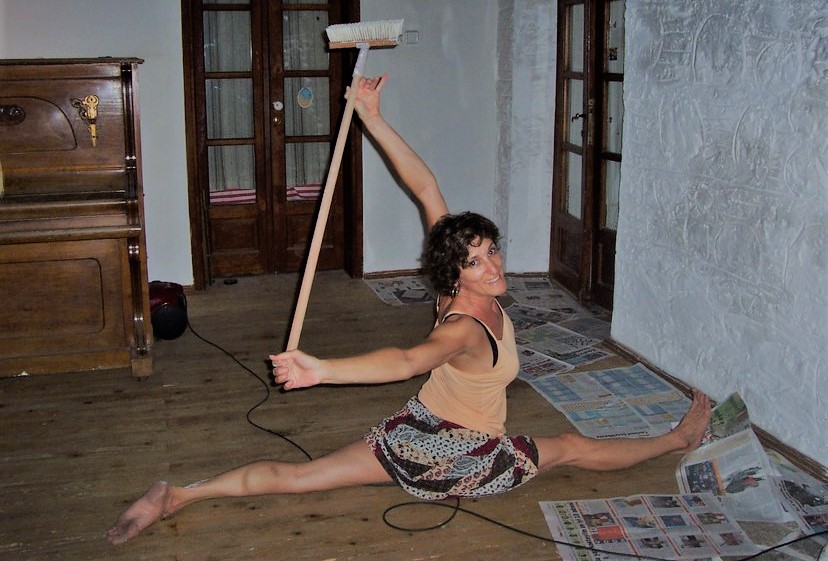
The big leap or split
Hanumanasana translates from Sanskrit as the monkey pose. Hanuman a divine entity in Hinduism is said to resemble a monkey and the pose commemorates the giant leap made by him to reach islands from the mainland of India.
This pose is quite an intense stretch and there are many variations and adaptations which have the same effect. When teaching the split I like to take it easy and I tell students to back up, when they are too ambitious. The risk of injury and overstretching a muscle or tendon is too big.
In general the muscles around the pelvis including the leg muscles tend to shorten. Sitting a lot on chairs and practicing sports like cycling shorten the hamstring, quadricep, psoas and glut muscles.
When we practice hanumanasana and its variations we should be in control of your legs and the pelvis by holding the pose with muscle strength.
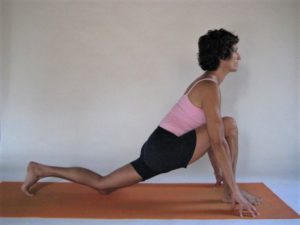
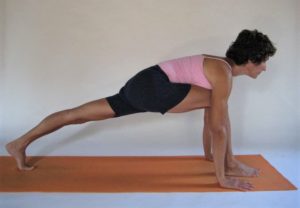
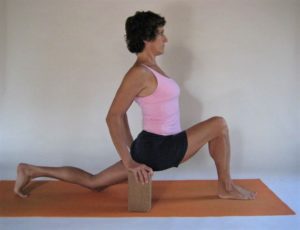
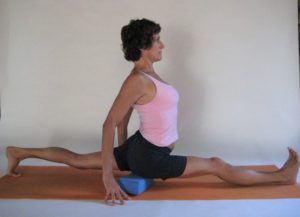
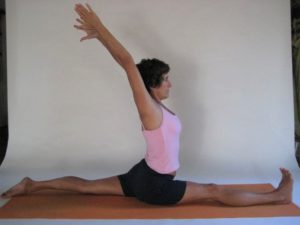
Hamstrings
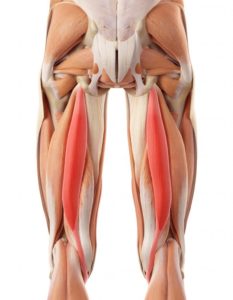
The hamstring muscles are a group of 3 muscles. These 3 muscles work together to bend the knee. They arise from the sitting bones and course down the thigh passing the knee. One muscle attaches at the outside of the knee and the other 2 muscles attach at the inside of the knee, the shinbone. We want to be careful when stretching the hamstrings of the front leg in hanumanasana. Repetitive strain can cause injuries to the muscles and tendon, where it attaches: the sitting bone and the knee.
Psoas musles
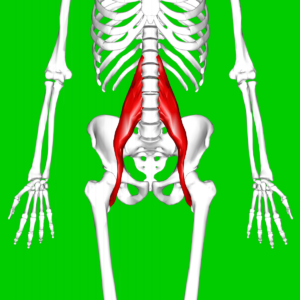
The psoas muscle
The psoas muscle lies deep in the stomach. It attaches at the lumbar spine and works its way down to the thigh bone (femur). When the psoas muscle tightens, pressure occurs and you feel the pain in the lower back. The prevalence of low back pain is extremely common because modern society requires humans to sit for long periods of time. Also here: we don’t want to overstretch and create a weak psoas muscle because the psoas is vital in providing good posture.
Safe hamstring stretch
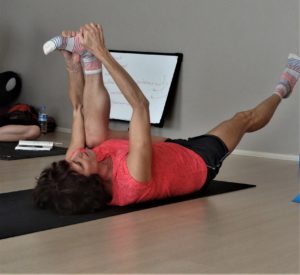
Safe to the tendons
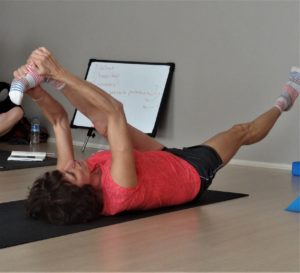
Hanumanasana variation
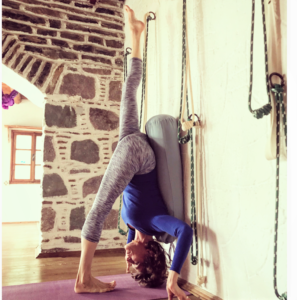
Another hanumanasana variation
